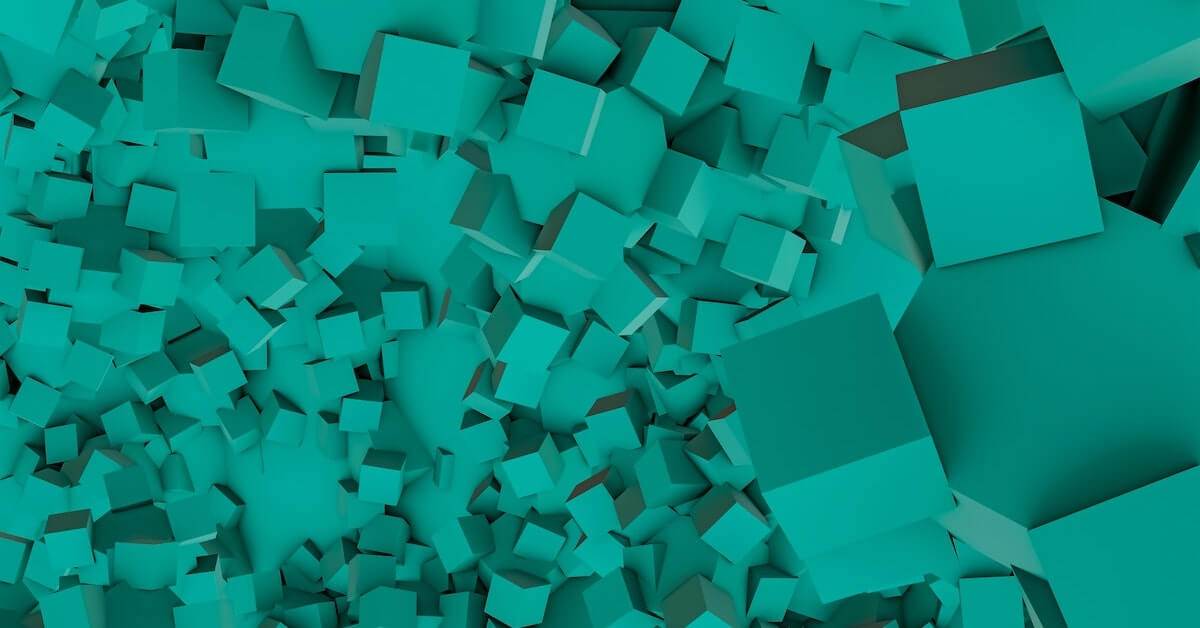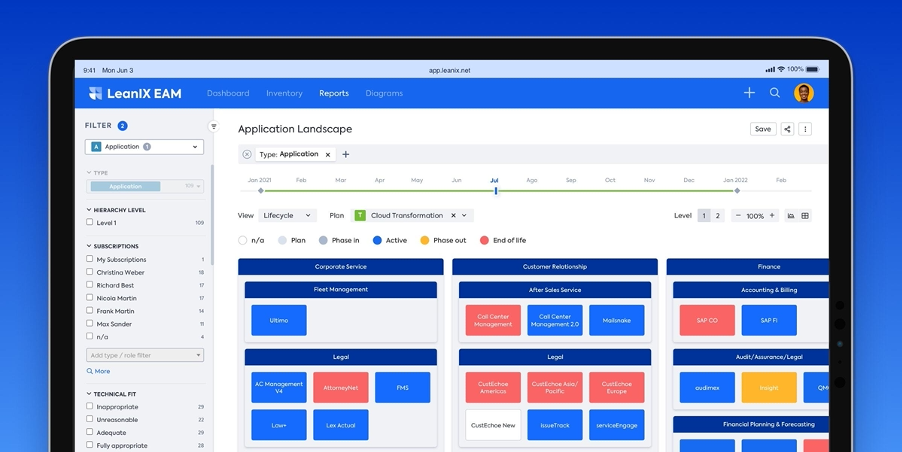
Application modernization provides a way to escape the limitations legacy technology places on your organization's growth. Let's explore six ways you can break free from outdated software.
Application modernization means, in part, replacing your outdated, legacy software with the latest, best-of-breed solutions. Of course, this is much easier said than done.
A well-known BCG survey showed that 70% of digital transformations fail due to the complexity of replacing legacy technology. It's the equivalent of reconstructing the foundations of a building while the building remains standing.
In 2016, Amazon Web Services (AWS) took the existing Gartner "5 Rs" strategy for cloud migration and extended it to the now-standard "6 Rs" for application modernization.
Let's look at each of the 6 Rs and explore how they each offer a different option for getting rid of legacy systems that are holding you back.
Application Modernization Option 1: Rehost
Application modernization most often involves moving to the cloud. Companies do this in pursuit of flexibility, cost reduction, and access to innovative new technology.
Now, it is not always possible to simply 'lift and shift' your applications to the cloud and run them there. While there are usually a few applications that can be moved as-is, many applications won't work as needed in the cloud the way they do on-premise, .
Applications that can be lifted and shifted to a cloud server are low-hanging fruit for this type of modernization. Prioritizing their move can deliver some quick wins for your modernization efforts.
While cloud migration is part and parcel of application modernization today, sometimes things go in the opposite direction. That is, sometimes cloud deployment doesn't deliver the desired benefits or no longer meets your business needs. In these cases, companies will pull applications back from the cloud and rehost them in their data centers
Whichever direction you choose, if it makes sense for a particular application, rehosting can be the least complicated application modernization option.
Application Modernization Option 2: Replatform
Application modernization can mean looking at the selection of applications in your portfolio and swapping out software to create the best set. It can also mean looking carefully at each application and making any small code improvements that might reduce technical debt..
After you've seen what applications can simply be lifted-and-shifted, it's next time to look at what applications you can tinker with and improve without major investment. Next, let's consider what to do when your applications just can't be fixed.
Application Modernization Option 3: Repurchase
Application modernization doesn't just mean adapting your existing toolset. There comes a point when your legacy applications will simply no longer cut it.
When that's the case, you need to replace your legacy applications with best-of-breed solutions. Carefully removing the software from your IT landscape and replacing it without your whole house of cards falling down can be challenging, but sometimes it's the only option.
For example, when migrating to the cloud, it's often easier to move your data into a modern, cloud-native application than it is to move your legacy software to the cloud. This will involve expense, but the long-term savings can make up for the short-term pay-out.
Application Modernization Option 4: Re-architect
Application modernization strategies like replatforming or repurchasing involve adapting your application without fundamentally changing its structure and architecture. Therefore, the next strategy to consider is to re-architecture.
This means completely rebuilding your application to better serve the current needs of your organization. This is labor intensive, but could be more productive than spending on a new application in some cases.
Making the decision between replacing, tweaking, and rebuilding your applications is a balancing act dependent on your needs and budget. On the other hand, there are occasions when none of the three options will fix an issue.
Application Modernization Option 5: Retire
Application modernization implies that you're improving your application portfolio. That isn't always possible.
In some cases, your organization has simply moved on from the need for an application. If allowed to continue on with you, the software will waste budget, cut performance, and open up vulnerabilities.
In those cases, you can simply retire the application from use. There could be some retraining or a small amount of migration involved, but mostly this will just free up additional budget.
Application Modernization Step 6: Retain
Application modernization often involves retiring legacy applications that are no longer useful, but sometimes this is challenging. Some of your applications may support other parts of your portfolio or simply be heavily integrated.
In these cases, you must weigh up the merits of removing the application against the consequences of retaining it. Sometimes, it's simply more effort to retire the application than it's worth.
This is when you mark it for retention, with a note to revisit the assessment later. As time passes, the application may cause more issues and become worth removing, or your IT estate may simply evolve to the point where the application is easier to remove.
Alternatively, the application may require a long-term project to replace. Marking it for retention can give you the time to prepare for retiring it.
How LeanIX Can Help

Application modernization is a challenging process, but as you can see above, running through six strategies will identify the quick wins and prescribe activities to iterate on your portfolio. Making these decisions, however, requires a thorough understanding of your IT landscape.
LeanIX EAM can support you by storing and organizing detailed information about your application portfolio in a way that can be visually analyzed by you, and presented to your shareholders. This makes categorizing your applications by the six steps above straightforward.
To find out more about leveraging LeanIX EAM for application modernization, book a demo:



